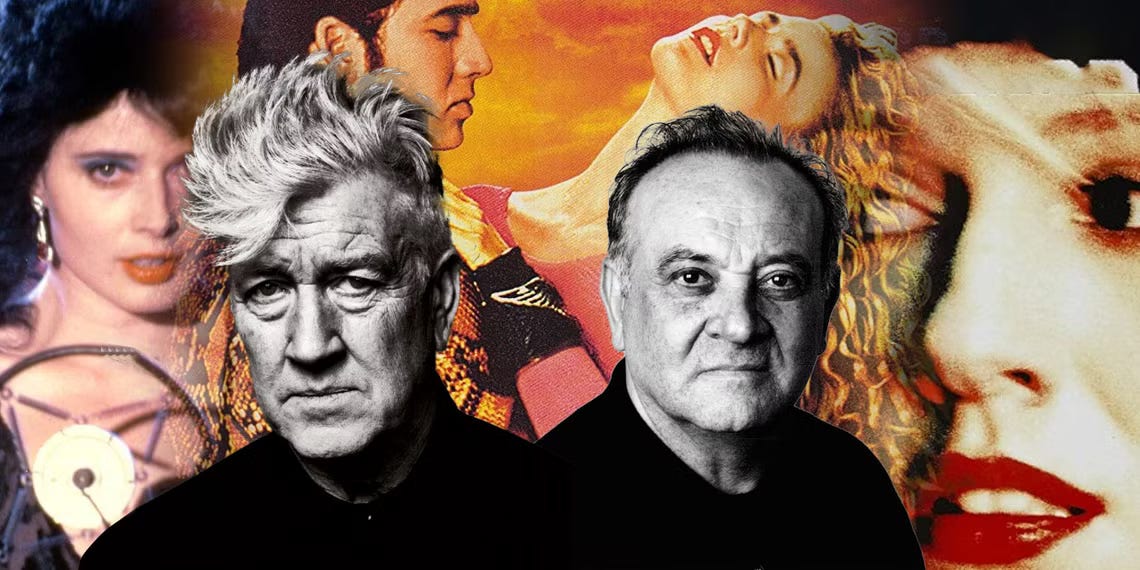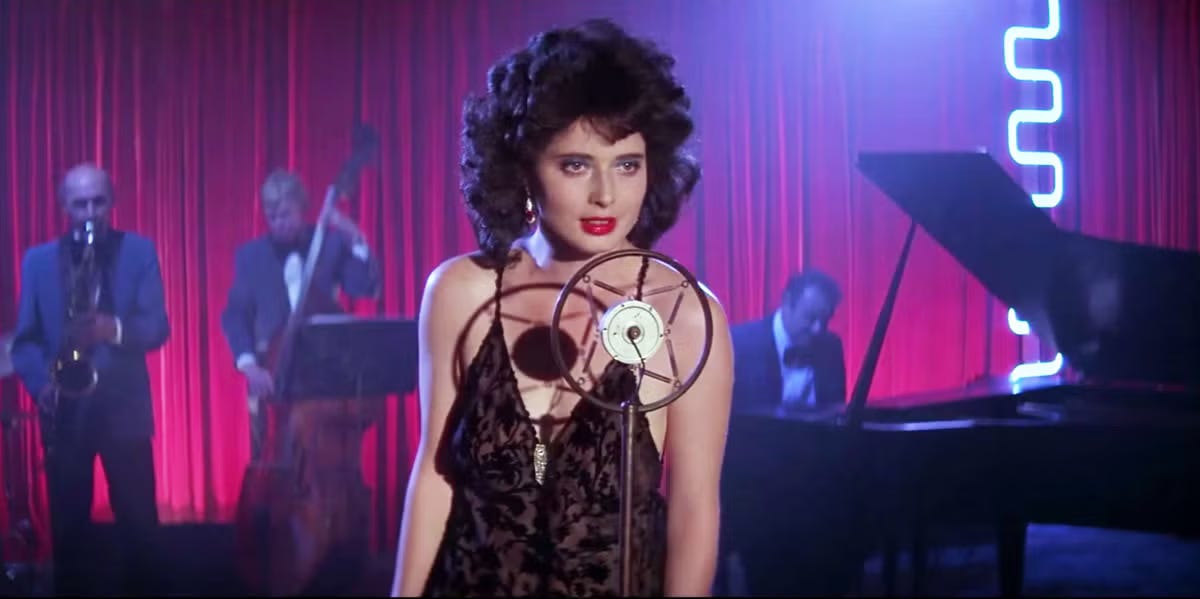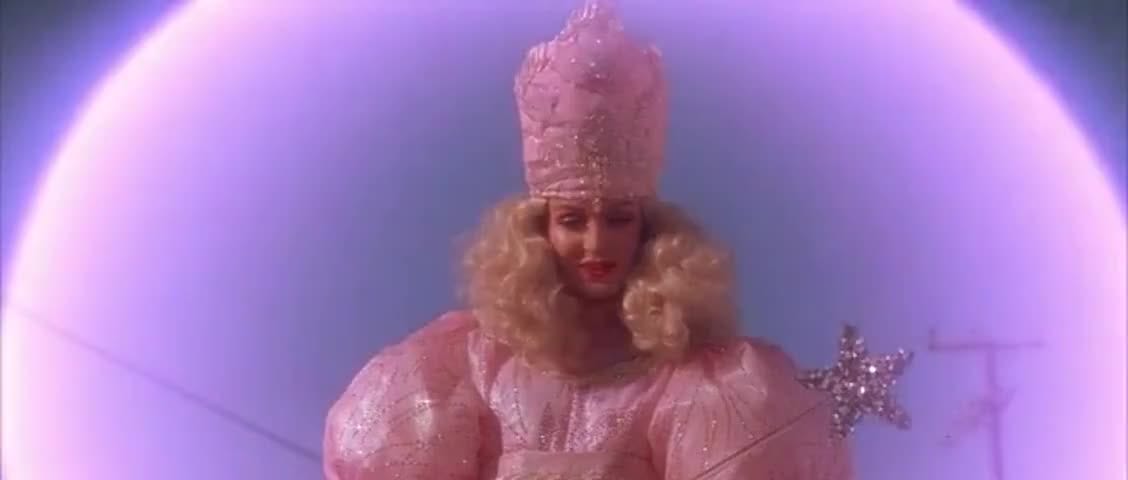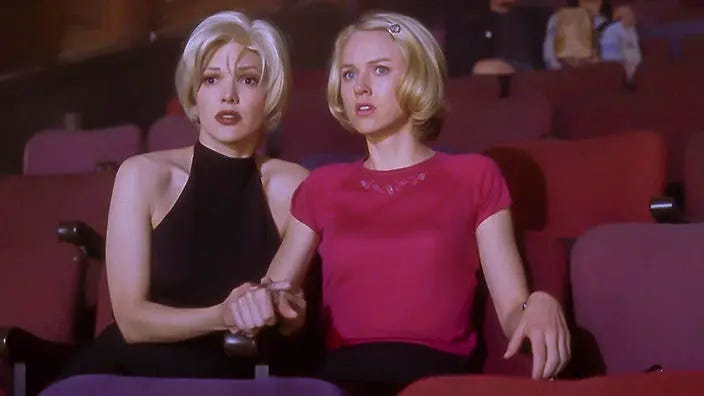Mysteries of Sound: The Lynch-Badalamenti Collaboration
If you don’t know who Angelo Badalamenti is, it means we can’t be friends, but it also means you need to keep reading.
“Films are 50% visual and 50% sound. Sometimes sound even overpowers the visuals.”
One of the most defining elements of David Lynch’s cinematic universe (along with the red curtains and casting of Kyle MacLachlan) is his long-standing collaboration with composer Angelo Badalamenti. One of the reasons their collaboration was so successful was the organic way in which they worked together. Badalamenti often recounted stories of how Lynch would describe scenes not in technical or musical terms but in emotional and visual metaphors. Lynch would just talk to him, listen to the music and know where it belongs in the film.
David Lynch and Angelo Badalamenti didn’t just collaborate, they created entire worlds together. Their partnership shaped some of the most haunting and seductive soundscapes in modern cinema, blurring the lines between dream and nightmare, beauty and unease. When they first met in the mid-1980s, Lynch was already cultivating his signature surrealism, while Badalamenti, with his jazz and pop background, had an instinct for the haunting and the melancholic.
Angelo Badalamenti on working with David Lynch
Blue Velvet (1986)
Their first major collaboration, Blue Velvet (1986), proved just how in sync they were. From that moment, their artistic dialogue deepened into an almost telepathic shorthand. Lynch would describe a feeling, a mood, sometimes in the vaguest, most poetic terms, and Badalamenti would sit at the piano and translate it into music on the spot.
Badalamenti was originally brought on to coach Isabella Rossellini on a song, but when Lynch couldn’t get the rights to a track he wanted, he asked Badalamenti to write something original. The result was Mysteries of Love, performed by Julee Cruise—a song so dreamlike and weightless that it became a perfect representation of Lynch’s entire aesthetic. The Blue Velvet score plays with contrasts: lush, romantic strings that hide something unsettling beneath the surface, much like the film itself.
Wild at Heart (1990)
A neon-lit, rock-and-roll road trip of a film, Wild at Heart called for something different. Badalamenti’s orchestral score is sweeping and romantic but tinged with unease, mirroring Sailor and Lula’s passionate but volatile love story. The film also features Chris Isaak’s Wicked Game, which, while not composed by Badalamenti, became forever tied to Lynch’s dreamy, haunted aesthetic. (It’s no coincidence that Lynch chose Chris Isaak—an artist deeply influenced by Roy Orbison, whose music Lynch used in Blue Velvet and Mullholand Drive.)
Lost Highway (1997)
For Lost Highway, Lynch took a different approach, incorporating industrial rock and contributions from Trent Reznor, David Bowie, and Rammstein. But Badalamenti’s work is still at the heart of the film’s sound, particularly in tracks like Red Bats with Teeth, which pulse with an anxious, creeping dread. His music lingers in the background, building a sense of unease that never quite resolves—just like the film itself.
Mulholland Drive (2001)
One of Badalamenti’s most haunting scores. The Love Theme is a slow, aching piece that carries a deep sadness, mirroring the film’s themes of lost dreams and fractured identities. The Club Silencio scene, featuring Rebekah Del Rio’s Spanish rendition of Crying, is classic Lynch: a moment that feels like pure emotion, yet is completely artificial at the same time. It’s devastating, hypnotic, and unforgettable.
However, nowhere was their magic more powerful than in Twin Peaks. That opening theme alone—melancholic yet hypnotic—became instantly iconic. The music is both nostalgic and ominous, perfectly capturing the town’s strange duality: warm and familiar on the surface, but with something dark lurking underneath. Every note of the score added to the sense that Twin Peaks was a place that existed outside of time, where beauty and horror walked hand in hand. Badalamenti’s compositions drifted through the show like ghosts, giving life to its small-town mysteries, doomed romances, and surreal horrors. It’s impossible to separate Twin Peaks from its soundtrack; the music is as much a character as Agent Cooper or the Log Lady.
Angelo Badalamenti explains how he wrote Laura Palmer's Theme
Angelo Badalamenti’s melancholic theme for Laura Palmer captures both her surface-level innocence and the tragedy of her hidden life.
But their work wasn’t just eerie atmospherics. Lynch and Badalamenti understood the power of contrast—how tenderness can be terrifying, how menace can lurk in the softest lullaby. A perfect example is The Pink Room in Fire Walk with Me, all grinding distortion and feverish sensuality, or Mysteries of Love, a song so heartbreakingly pure it feels like it emerged from another realm.
Their collaborations weren’t just about scoring a film—they were about shaping its soul. Theirs wasn’t just a director-composer relationship; it was a shared dreamscape, a symbiotic vision that continues to resonate, long after the last synth note fades into the ether.
Lynch’s influence continues to ripple through the creative industries, shaping how we think about the interplay between audio and visual storytelling. His legacy is a reminder that cinema is not just a visual medium but a multisensory art form, capable of engaging audiences on a deeply emotional and psychological level. As filmmakers, musicians, and artists continue to draw inspiration from his techniques, Lynch’s work will remain a cornerstone of innovation in both sound design and filmmaking, proving that the right combination of sound and image can transform the ordinary into the extraordinary.
P.S. If you enjoyed reading about the Lynch-Badalamenti collaboration, you might want to check out ”The Sound World of David Lynch” (as a tribute, The Wire made their extended cover feature from August 2024 free to read in their online library). Highly recommended!








